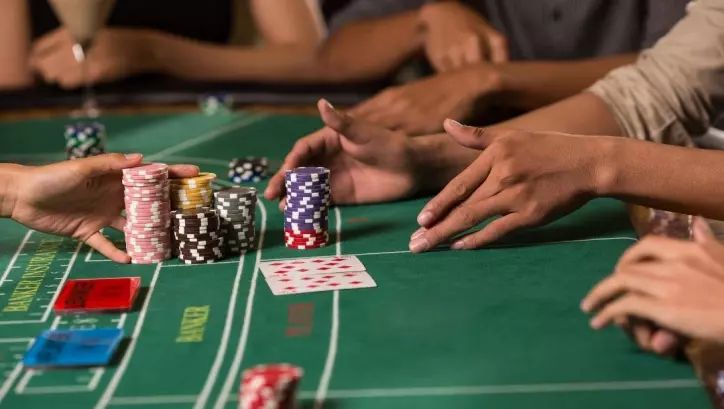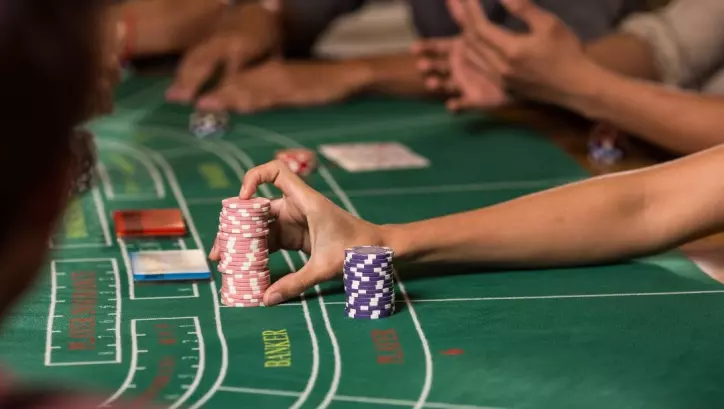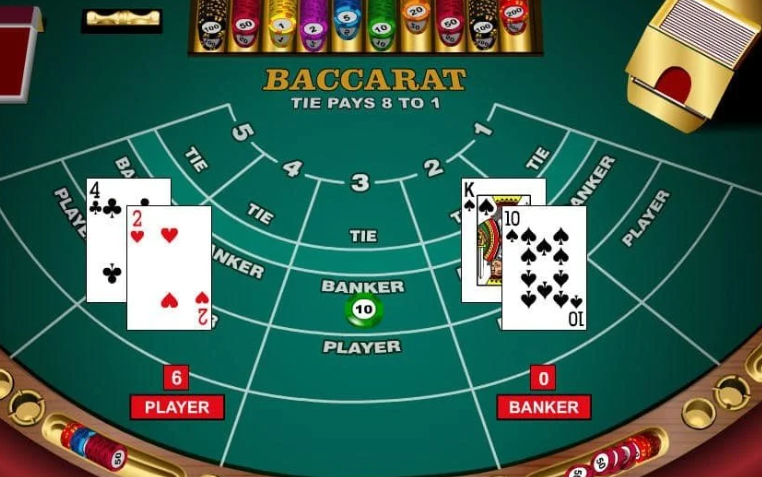While blackjack holds the title of the world’s most popular casino table game, baccarat is rapidly gaining ground. It has become a favored choice among high rollers and is garnering a substantial following among enthusiasts of online casino table games. This surge in popularity can be attributed to the game’s fast-paced nature, easy learning curve, and, most importantly, its entertainment value. Moreover, baccarat boasts some of the most player-friendly odds compared to other gambling games.
Despite its allure, players may occasionally encounter a less-than-ideal gaming experience at the baccarat table, often due to simple tactical or behavioral errors that are easily rectifiable. To enhance your baccarat gameplay and maximize enjoyment, continue reading for valuable tips.
Grasp the Game Dynamics
Baccarat comes in three primary variants: baccarat banque (the initial form in baccarat history), chemin de fer (popularized as James Bond’s preferred game), and punto banco. The latter has largely overshadowed the first two with its straightforward rules, and when people refer to “baccarat” nowadays, they typically mean punto banco. Here’s a breakdown of how it operates.
In a traditional casino, a full-sized baccarat table accommodates one to 14 players, with seats numbered one to seven and eight to 15 on opposite sides (excluding number 13). Mini baccarat tables, resembling half-moons, host up to seven players, while private one-on-one tables have a bean-shaped layout. Online baccarat variants generally follow a similar structure, although they may support an unlimited number of players.
Regardless of the setting, the core gameplay remains consistent. Each player has three designated betting areas—Player, Banker, and Tie. Each round, known as a coup, begins with a betting phase where players wager on these positions. The dealer then deals two cards alternately, face up, to the Player and Banker boxes on the table.
Following the card distribution, the dealer reveals the value of each hand. Aces count as one, cards 2 to 9 retain their face value, and face cards (10 to king) are worth zero. If either hand achieves a natural (a value of eight or nine), the coup concludes, and winning bets are settled. If the player’s total is between 0 and 5, an additional card is dealt, and depending on the banker’s total and the player’s third card, the banker hand may draw another card.
Upon completing the draw, the dealer announces the winning hand or declares a tie. Player bets pay 1:1, banker bets pay 1:1 with a 5% commission to the house, and tie bets pay 8:1.
Embrace the Essence of the Game

One valuable piece of advice for baccarat enthusiasts is to recognize that it operates as a game of chance, offering odds comparable to a coin flip. Disregard any purported baccarat betting strategies claiming consistent victories. Optimal enjoyment of this high-energy, suspenseful game arises from embracing its entertaining nature and the electrifying atmosphere at the table, rather than viewing it solely as a means to generate income.
Nevertheless, the potential for financial gains in baccarat is nearly even. The house edge for a Player bet stands at 1.24%, while the house edge for a Banker bet is a mere 1.06%. Statistically, consistently betting on the banker hand results in a 49% average win rate (factoring in the house commission on Banker bets). In contrast, the Tie bet is generally less favorable, carrying a 14.36% house edge. Therefore, for minimizing losses, a prudent baccarat strategy involves consistently wagering on the banker hand.
It is crucial to note that the dynamics of a live baccarat table can be highly dynamic, and it is often considered good etiquette to align your bet with the majority preference among players.
Avoid placing undue reliance on baccarat charts, which have a longstanding tradition in the game. These charts, also known as baccarat scoreboards (Bead Plate, Big Road, Big Eye Boy, Small Road, and Cockroach Pig), offer various methods of tracking hand history in the shoe. While they may appear intriguing and add to the game’s enjoyment, modern mathematical analysis has exposed their foundation as largely rooted in superstition. While they may enhance your appreciation of the game, exercise caution and refrain from relying on them for betting decisions.
Exercise caution when considering side bets.

For some players, the limited betting options of three in baccarat can be monotonous. As a result, many baccarat tables incorporate optional side bets such as 21+3, Player Pair, Banker Pair, Perfect Pairs, Big, Small, Super 6, Unlucky 8, Double 8, and others. These side bets come with varying payouts based on their respective odds. For instance, to win a Big side bet, only five cards need to be on the table, achievable if either the Player or Banker draws. The likelihood of this occurrence is almost one in three, and the payout is 2:1.
On the opposite end of the spectrum, a successful Golden Frog bet, where a three-card hand with a value of nine surpasses a three-card hand with a value of one, earns a substantial 150:1 payout. However, the house edge for this bet is 91.5%, making it a high-risk choice. Placing money on the Golden Frog should be done with the understanding that it might be lost. The purpose of side bets is to add excitement and variety to the gameplay, and this comes with the inherent risk of wagering your chips.
Effective management of your bankroll is the ultimate tip for a satisfying baccarat experience. Various approaches exist for this purpose, with the simplest involving setting aside an amount of money that you can comfortably afford to lose and bringing it to the casino. Enjoy your time at the tables, and once your designated bankroll is depleted, it’s advisable to leave.
A crucial aspect of bankroll management is determining your bet size. Consider how much time you intend to spend playing baccarat, keeping in mind that a baccarat coup typically concludes in 30 seconds, allowing for up to 120 bets per hour. Selecting a table with suitable limits is wise to align with your preferred gaming duration. For instance, with a $1,000 bankroll, 40 coups at a $25 table would last approximately 20 minutes if every hand is lost. Assuming a near 50% win rate, you can anticipate around 40 minutes of gaming.
Baccarat is often regarded as a high-roller game, with $25 being the minimum bet at full-size tables in Las Vegas baccarat pits, frequently increasing to $100. Mini baccarat tables offer more affordable minimums, starting as low as $10 per bet.


